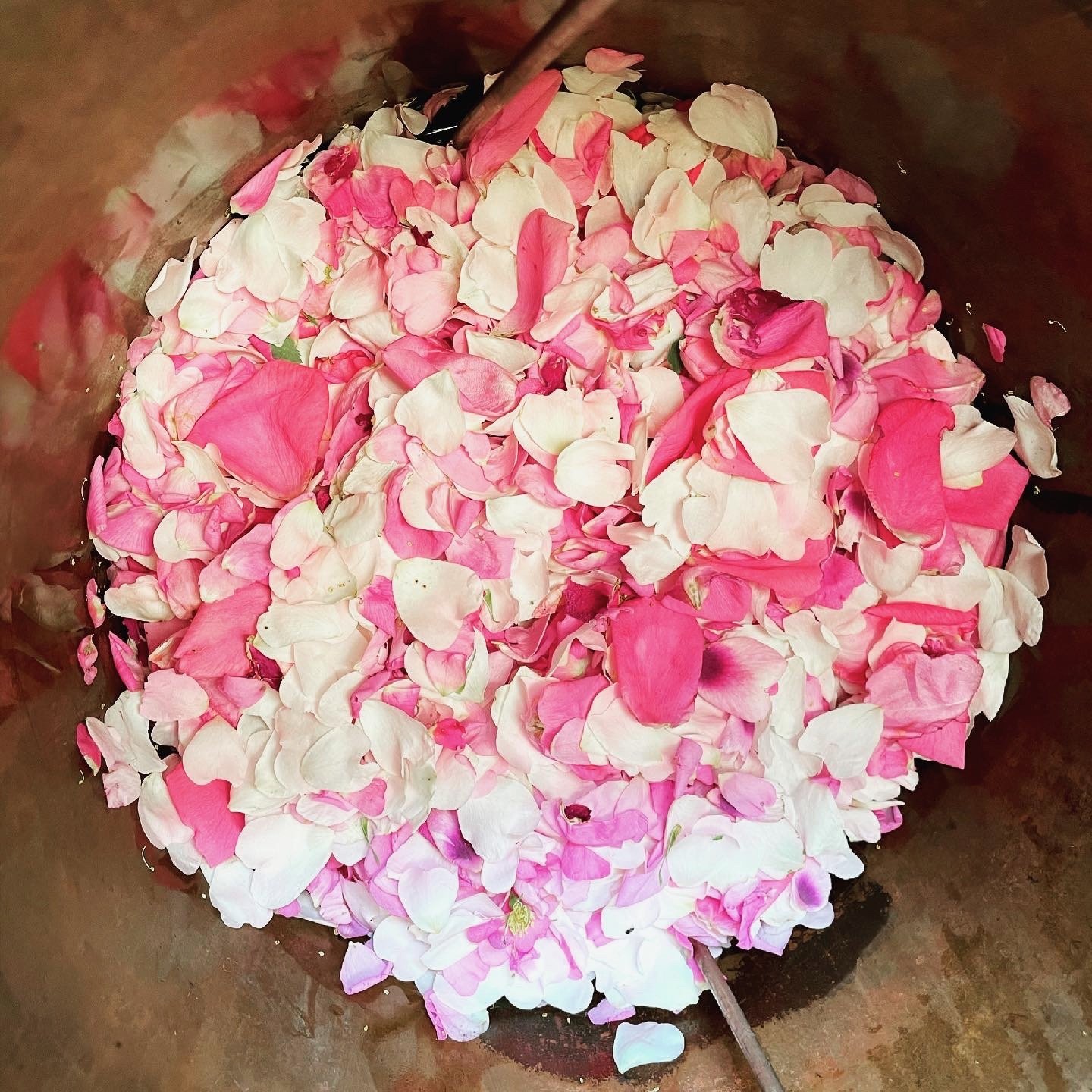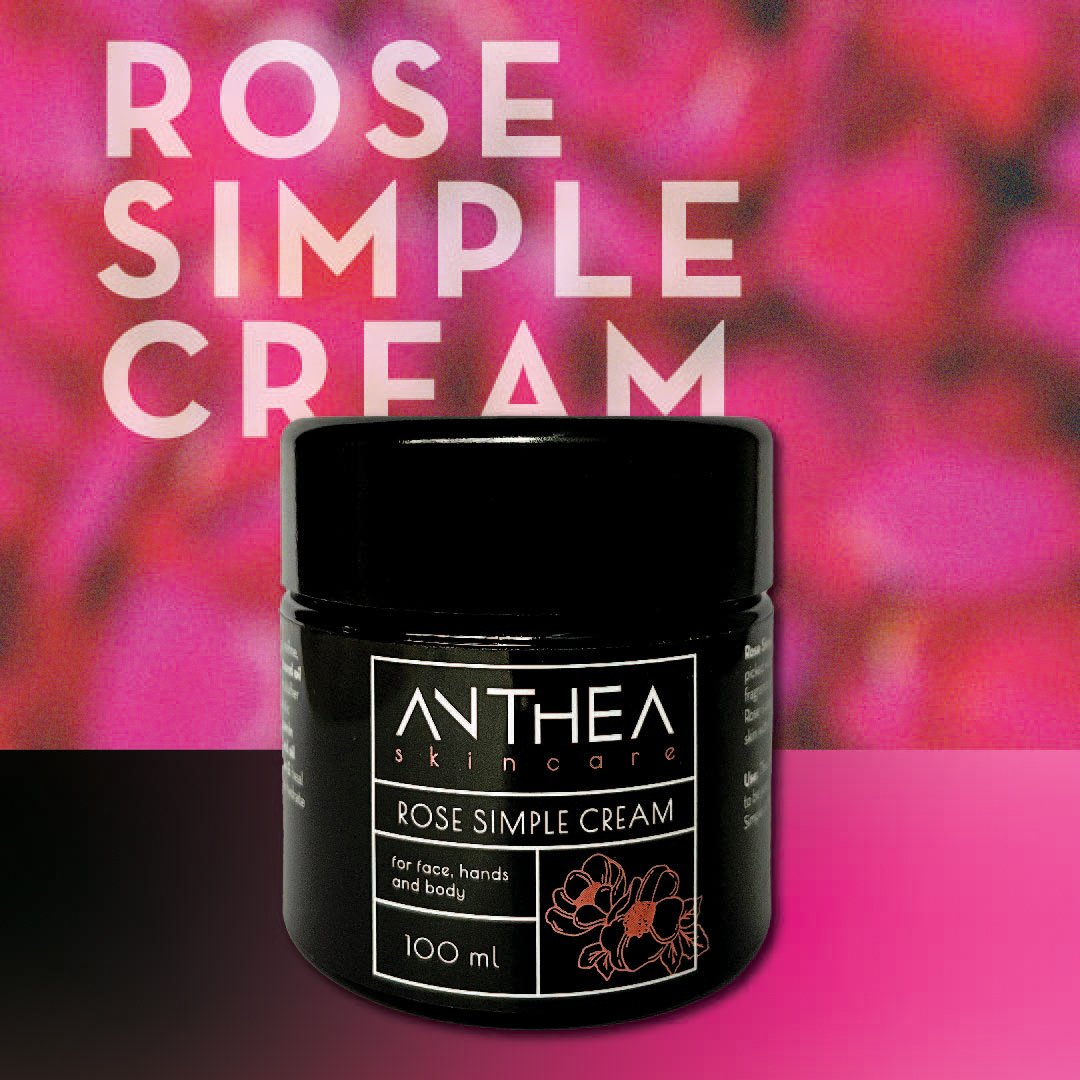The Wild Rose – from harvest to hydrosol.
Harvesting wild rose petals is not for the impatient. It is something that requires a willingness to move slowly, deliberately. A wild rose has just five petals, and they are small – maybe the size of your thumbnail. They grow in large, unruly brambles thick with thorns and bustling with bees.
In the time it takes to pluck enough of these tiny, delicately fragrant pink petals for a small run in my distiller, I could harvest enough cultivated roses for twenty distillations. But there is an ancient, unadulterated beauty to the wild rose. They are as they’ve always been – unkempt, uniquely beautiful and designed by nature.
The wild rose also requires your full commitment – their petals wilt quickly, so on harvest day I know I will be up late running the distiller. On this day, I spend four hours hiking the Boise foothills – patiently plucking and searching for the next bramble.
As the sun drifts closer to the horizon, I decide to fluff up my admirable little harvest of wild petals with a few heirloom roses I keep in my garden. Their fragrance is more robust and heady than the flirtatious wild rose, but together they create an intoxicating bouquet.
The entire distillation process takes perhaps three hours. Once the distiller is set up on the back porch, there’s little else to do than settle in with a book and wait. I monitor the water in the cooling tower from time to time – adding ice chips if it becomes too hot, which scorches the hydrosol and gives it an aroma like cooked artichokes.
A rose’s fragrance is more than just a pretty smell – it indicates the presence of beneficial properties such as linalool, citronellol, nerol and other constituents known more broadly as terpenes. These botanical compounds provide us with myriad benefits – they trigger a relaxation response in the mind and elevate your mood; help soothe and heal topical irritations; soften and rejuvenate skin cells; provide mild antimicrobial benefits; and much more.
Hydrosols are a wonderful way to apply these benefits to your skin. Another, more concentrated way is with essential oil – but a rose does not give this up freely. A single drop of rose essential oil takes one literal ton of petals to produce (and a distiller much larger than can fit on my porch). So, for the purposes of Anthea Skincare, I focus on extracting the flower’s benefits in the form of hydrosol and rely on organic essential oil producers like Eden Botanicals to complete my Rose Simple Cream.
As I sit on my back porch, reading and monitoring my distiller with a glass of rose´ (it seemed only fitting), the air is softly fragrant with my blended wild-heirloom rose distillate. It is at once unruly and refined – a striking coalescence of wild redolence and cultivated elegance.







